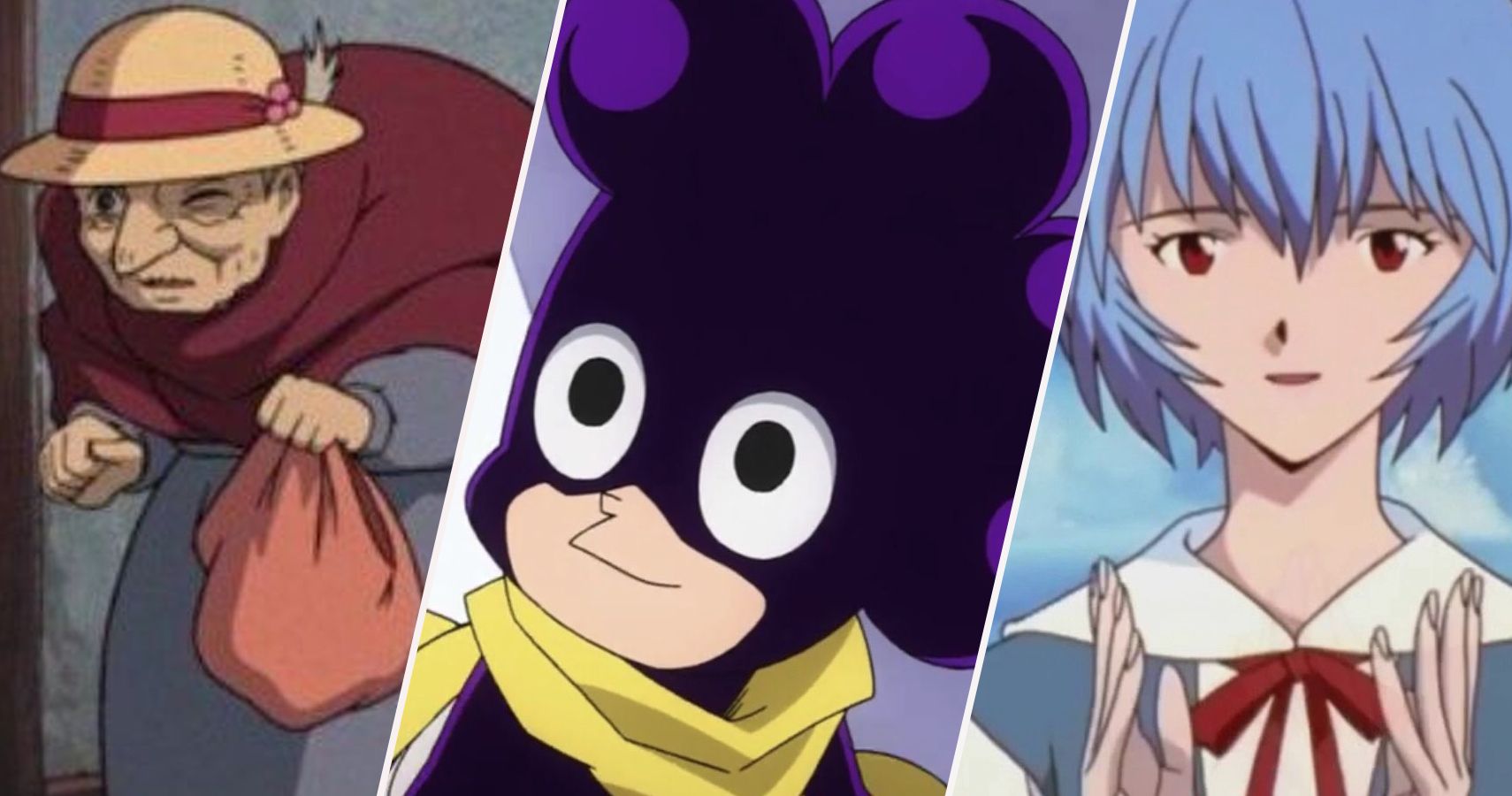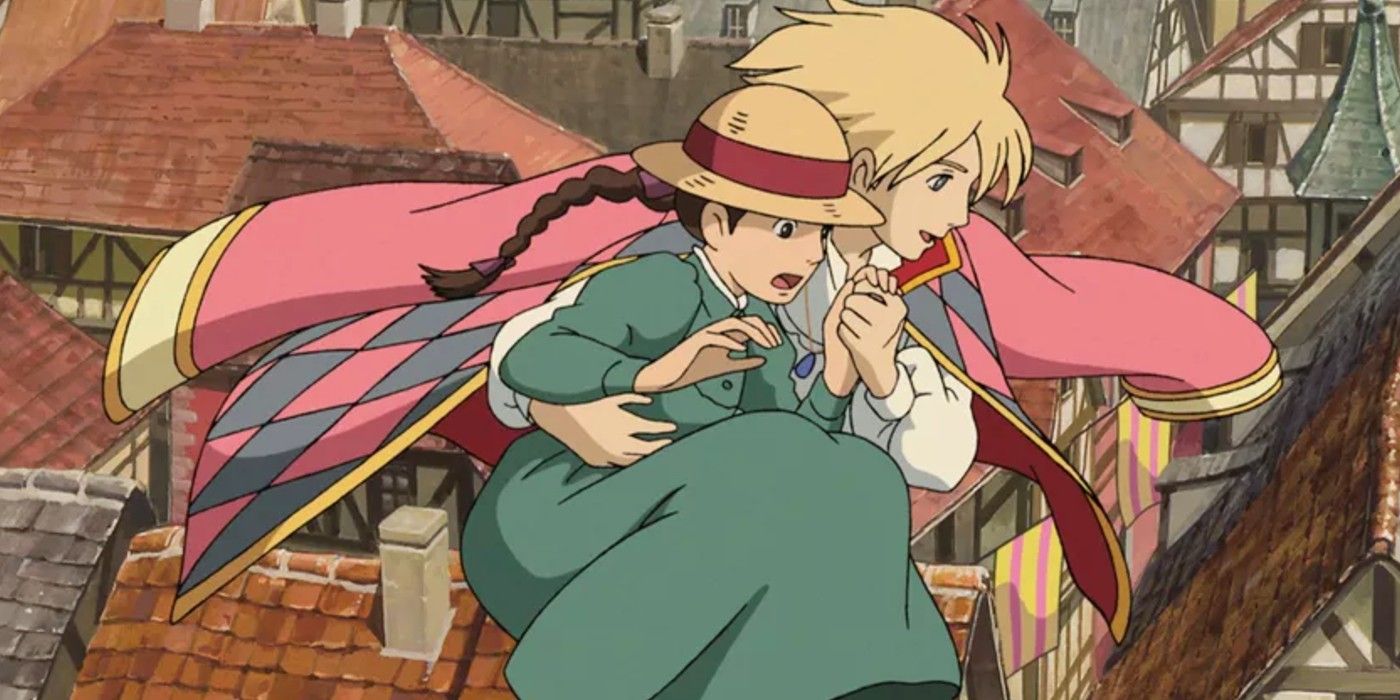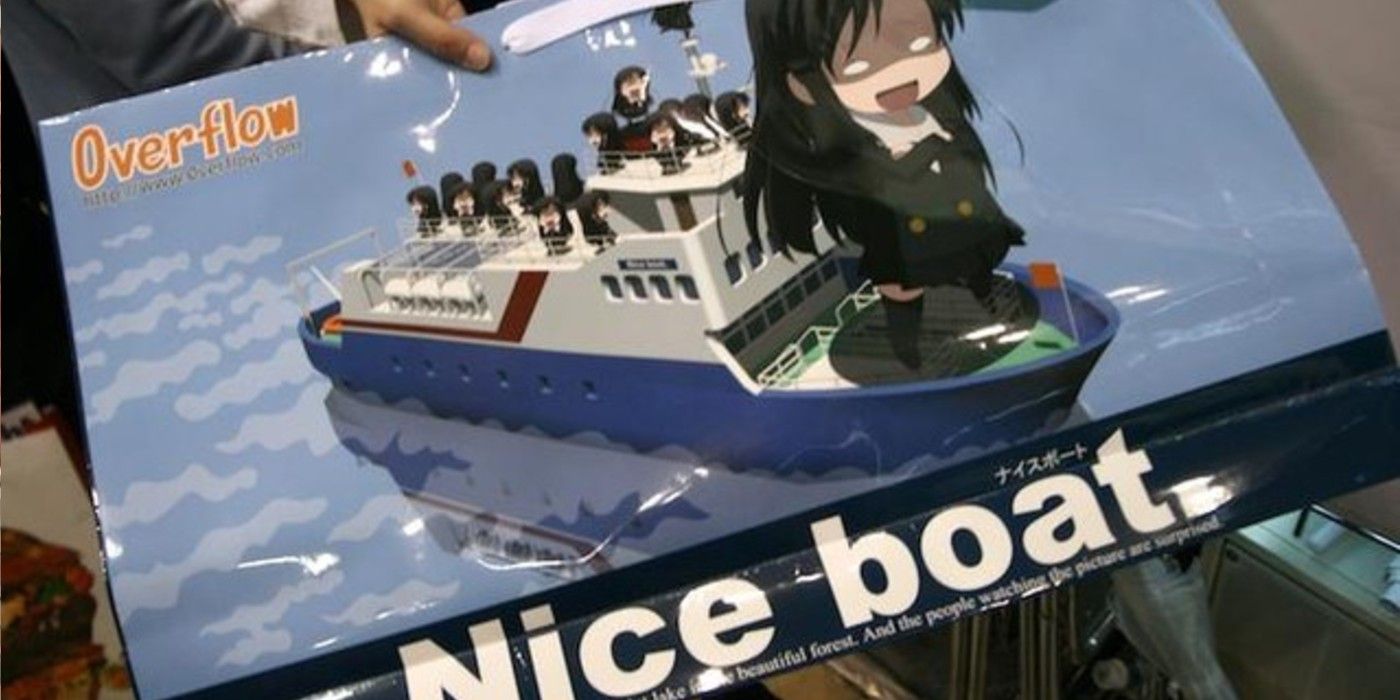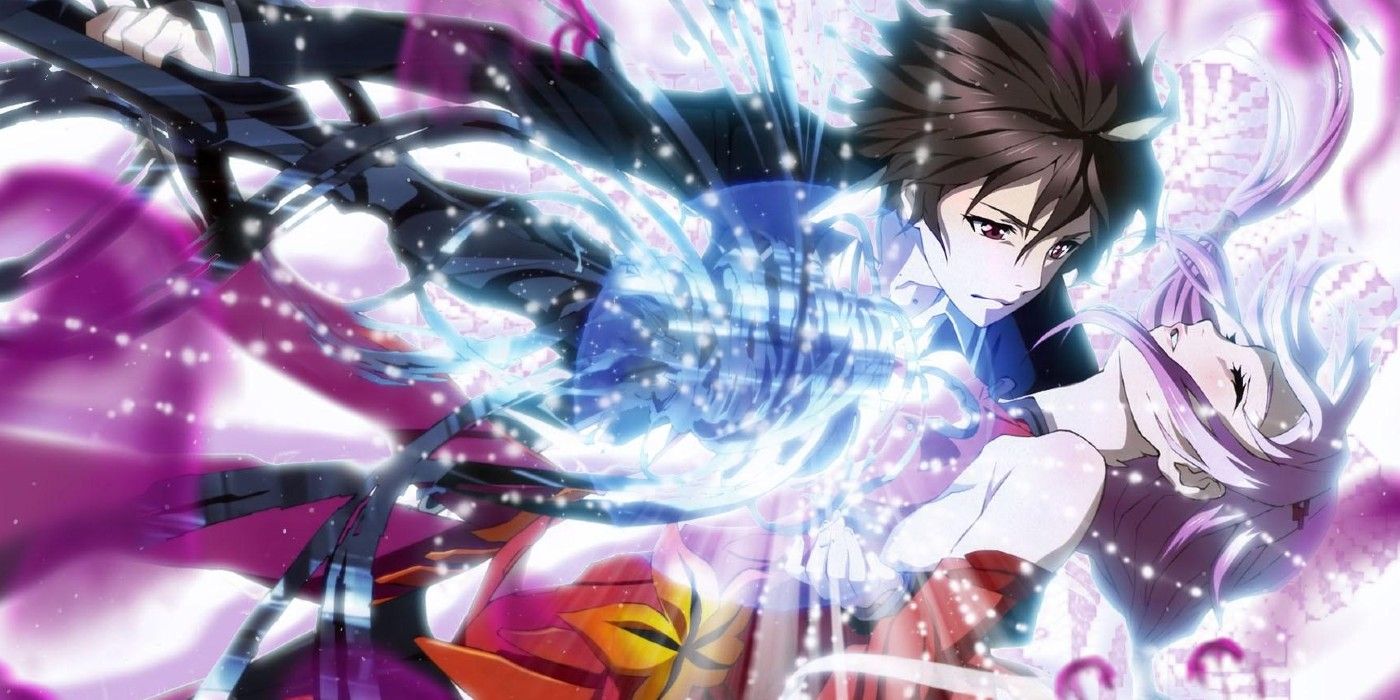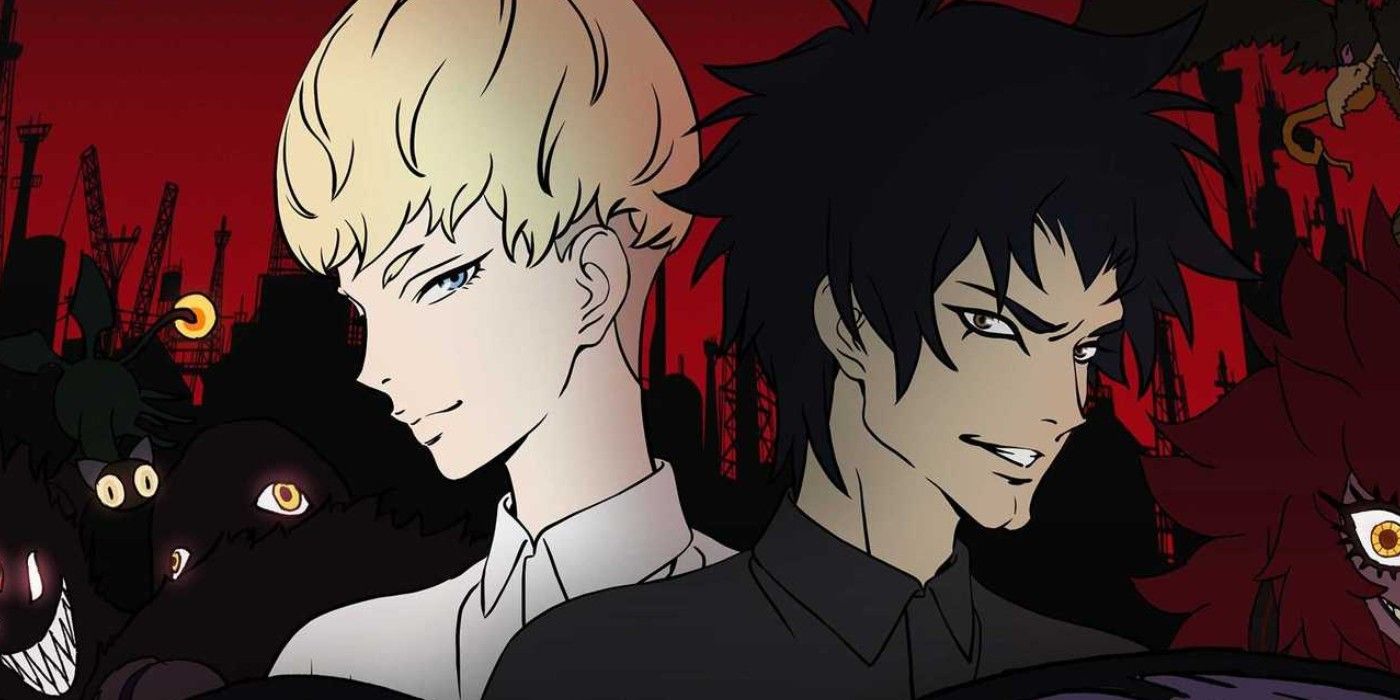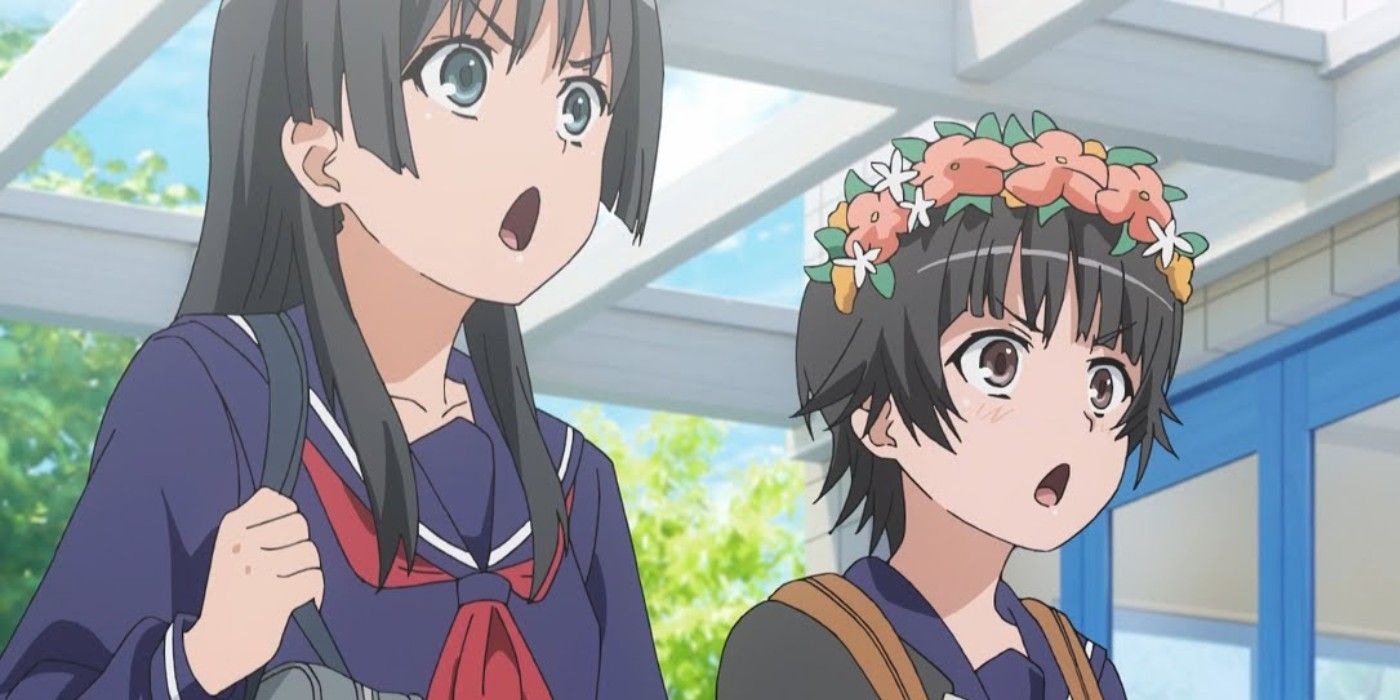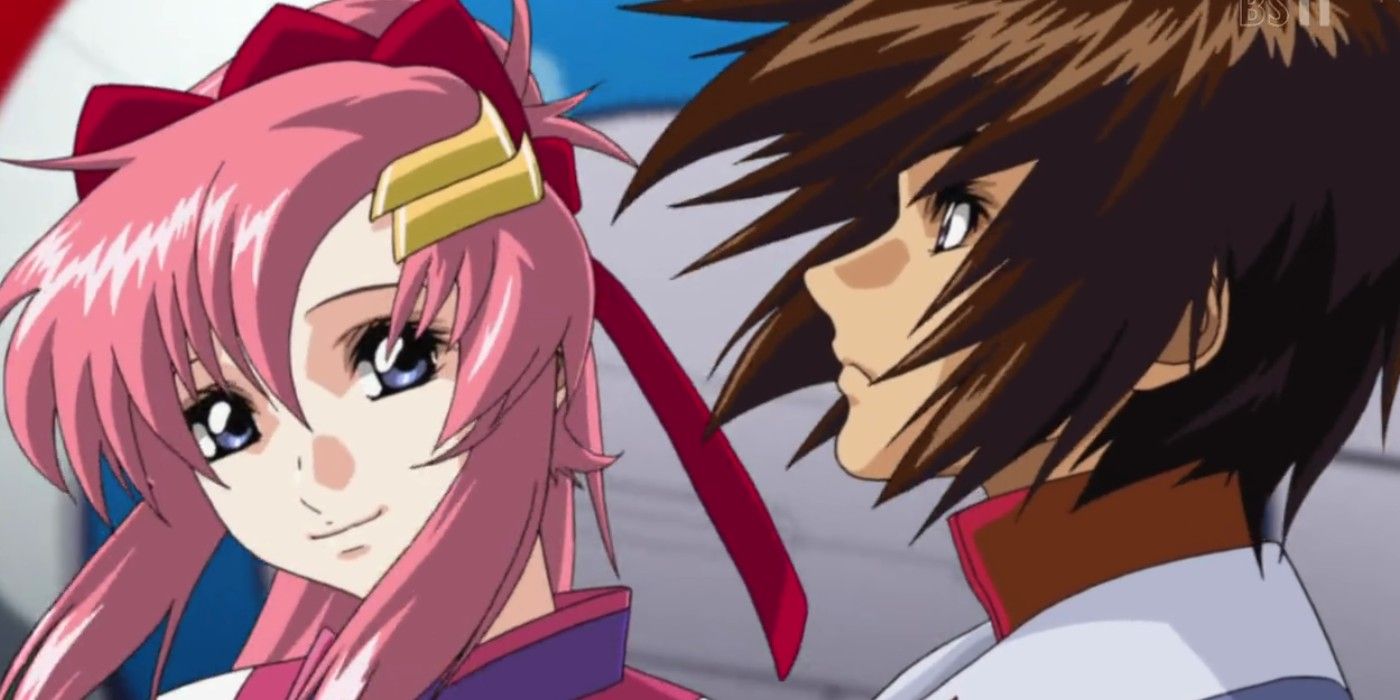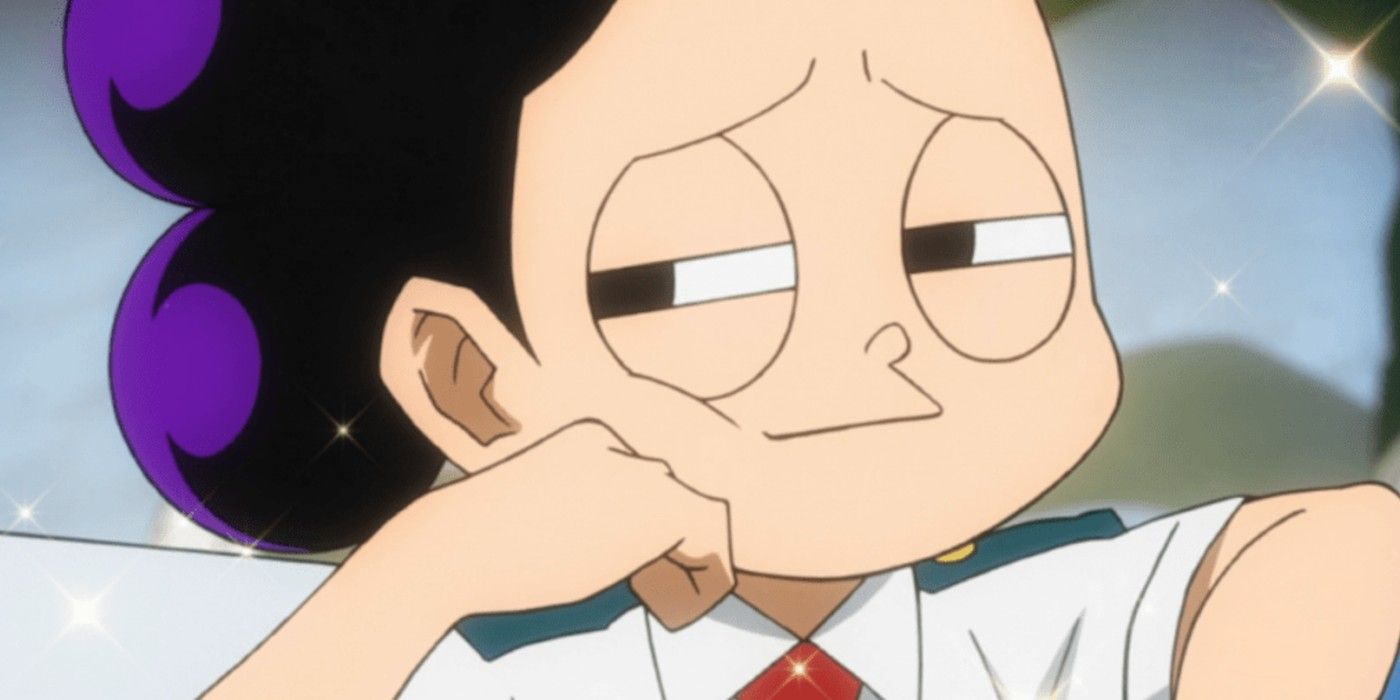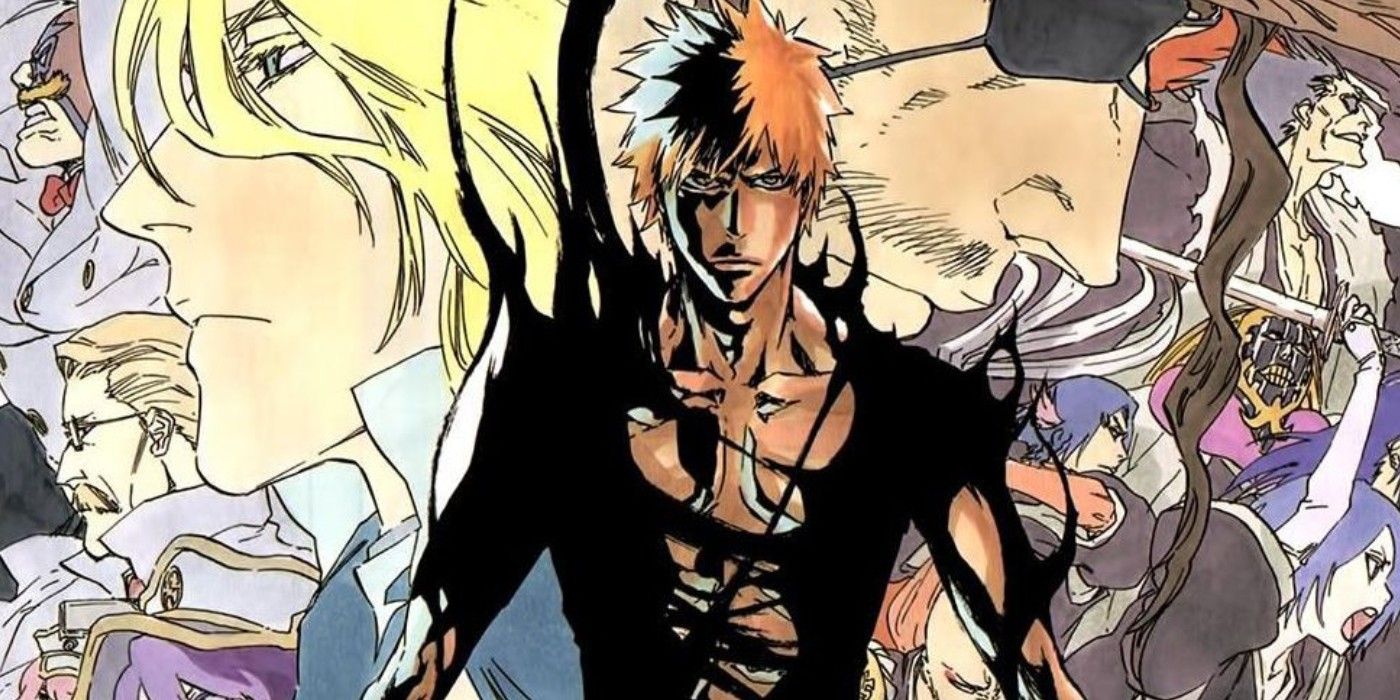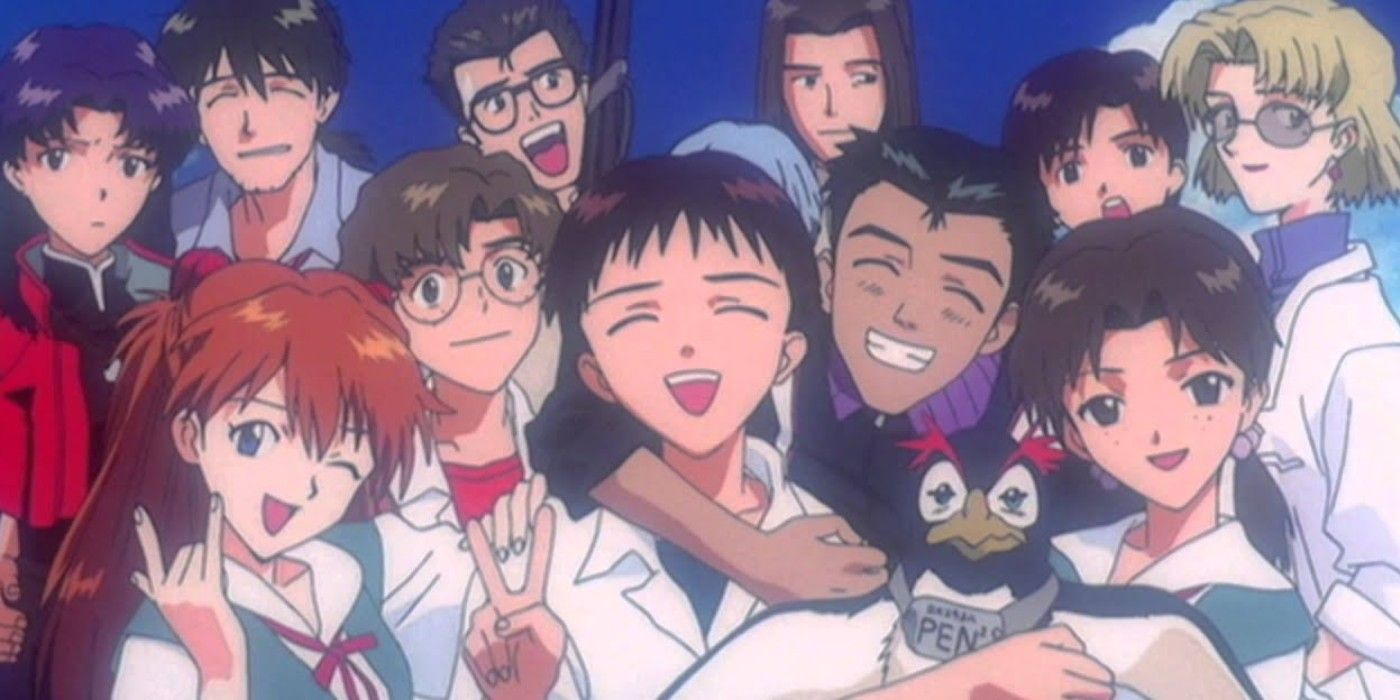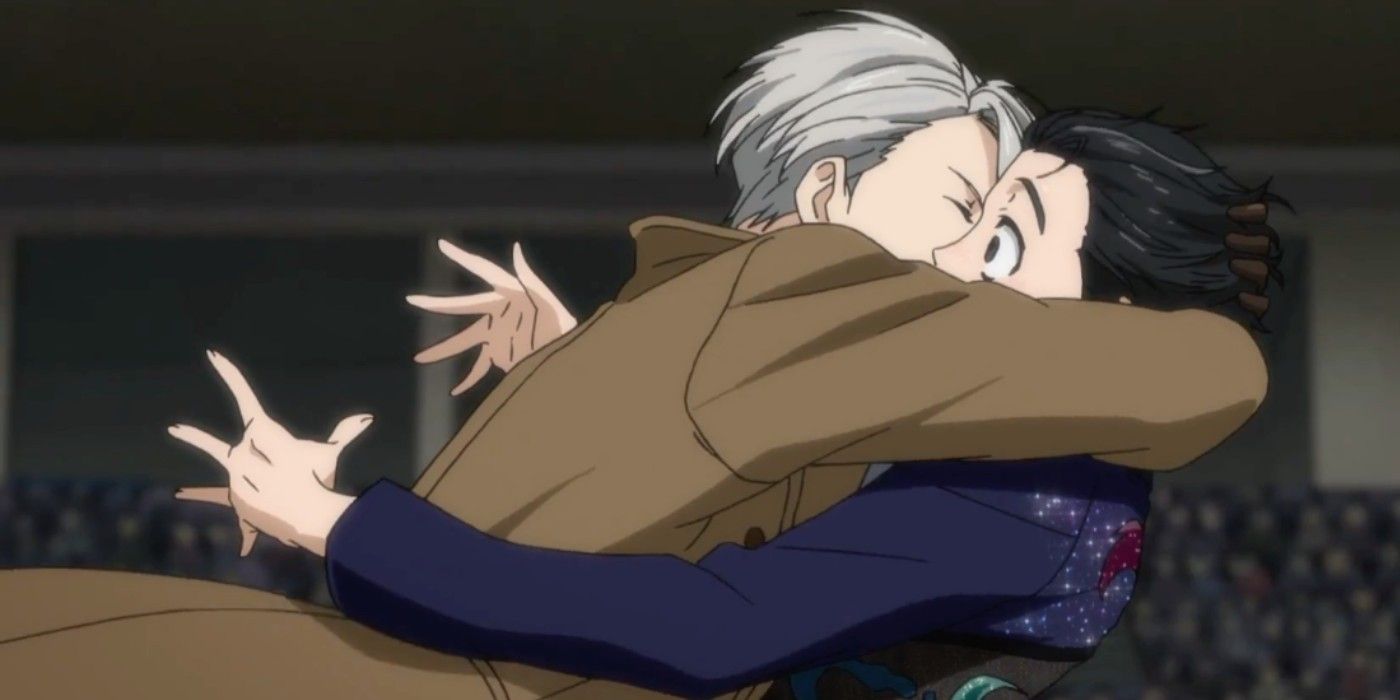Every now and then, an anime just falls short of expectations; it’s just an inevitability for a storytelling medium this diverse. Some works fail to live up to their own hype or they’re victims of circumstance. Or in worse cases, they’re so bad that fans would prefer to wipe out all memory of watching it.
But just because the fans didn’t love what transpired doesn’t mean the creators feel the same way. In fact, some anime directors and mangaka are proud of their stories, even if they’re admittedly not the best examples of their repertoires.
10 Hayao Miyazaki Says Howl’s Moving Castle Is His Favorite Creation
This is more of a case of being spoiled for riches, but it’s interesting enough to bring up. While anything but bad or mediocre, Howl’s Moving Castle is arguably neither Studio Ghibli or Miyazaki’s best. Upon release, it was negatively compared to previous Ghibli movies, with a disappointed Roger Ebert even calling it “spectacle without meaning.”
Even so, Miyazaki picked Howl’s Moving Castle when he was asked to pick a favorite movie he directed. This may sound strange coming from the man behind masterpieces like My Neighbor Totoro or Spirited Away, but he stands by it. Additionally, Diana Wynne Jones loved the adaptation of her novel, even if its castle diverged from her interpretation (her castle floated, while Miyazaki’s walked).
9 School Days’ Makers Embraced The Nice Boat Meme
School Days achieved immortal infamy after its gory finale was replaced by stock karaoke footage. This was done due to a real-life murder that was too similar to the episode’s bloody events. Instead of seeing disembowelments and beheadings, audiences were treated to 30 minutes of a really nice boat. Thus the “Nice Boat” meme was born.
While School Days' creators at Overflow weren’t responsible for this, they quickly embraced this controversial moment of censorship. Aside from slapping “Nice Boat” on a raft in the OVA Magical Heart Kokoro-chan, Overflow also sold official “Nice Boat” merchandise from a Comiket booth that was named after the meme.
8 Production I.G. Thinks Guilty Crown Is Its Best Anime
Simply put, Guilty Crown is a mess. After a decent start, it devolved into a cacophony of ancient conspiracies and viruses, confusing character development, and a nonsensical plot that got wackier with each passing episode. While most anime fans view Guilty Crown as a so-bad-it’s-good hit, its creators think otherwise.
Production I.G. sincerely believed that Guilty Crown would be an anime game-changer, and the creatives threw everything they had into this series. This is evident in the amount of effort put into the animation, music, and voice acting. Despite its newfound ironic fandom, Production I.G. is genuinely proud of Guilty Crown which, unlike their more famous output like Attack on Titan or Death Note, is an original work rather than an adaptation.
7 Go Nagai Says Devilman Is His Masterpiece
Whether it’s the ‘70s anime or the more recent Netflix remake in question, the best way to describe Devilman is as an acquired taste. While it has its fans, the story about the literal demonic harbinger of the end is usually dismissed for being too edgy and nihilistic for its own good. As juvenile as it is, Go Nagai still regards Devilman as his best work.
This is because of how much work he poured into Devilman and the fact that it was informed by his experiences and beliefs. Nagai was even confused about Mazinger Z’s runaway success since he used the influential mecha manga as stress relief while working on the more serious and personal Devilman.
6 Tatsuyuki Nagai Gave Saten & Uiharu More Screentime In Railgun
A Certain Scientific Railgun is generally considered to be the best of the A Certain Scientific Index franchise, save for one thing: the Saten and Uiharu filler. Originally, the two appear in the manga's Level Upper arc before fading into the background. Nagai, the series director, loved the two so much that he not only expanded their presence in the canon anime arcs but gave them starring roles in Railgun’s anime-only storylines.
This somewhat backfired since while Saten and Uiharu became fan favorites as Nagai hoped, their adventures bogged the anime’s pace. Their comedic hijinks often clashed with the story’s underlying darkness, accidentally making light of Academy City’s evils.
5 Mitsuo Fukuda Ships Kira & Lacus In Gundam SEED
Gundam SEED and (to a lesser extent) Destiny are credited for reviving interest in Mobile Suit Gundam during the 2000s but if there’s one thing fans can’t stand, it’s the saccharine relationship of Kira Yamato and Lacus Clyne. In an anime about the greyness of war, their saccharine romance stood out, and series director Mitsuo Fukuda has a simple explanation.
Long story short, Fukuda saw Kira and Lacus as stand-ins of himself and his wife, Gundam SEED writer Chiaki Morosawa. Given Fukuda’s romantic view of his married life, Kira and Lacus’ impossibly perfect and heavenly love suddenly makes sense. This tribute is sadder in hindsight since, in 2016, Morosawa tragically passed away.
4 Kohei Horikoshi Sees A Bit Of Himself In My Hero Academia's Mineta
It goes without saying that My Hero Academia’s Minoru Mineta is one of the most controversial anime characters of recent memory. The pint-sized hero is defined by how much of a pervert he is, as he’s depicted openly talking about his fantasies and hitting on his female classmates.
Despite Mineta being one of the most despised anime characters of all time, Horikoshi can’t help but have a soft spot for the grape-themed pervert since he sees a bit of himself in him. Horikoshi has admitted that Bakugo and Mineta are his favorites to write and draw, even if they’re both polarizing at best. This didn’t stop him from calling Mineta out in the manga through certain characters, though.
3 Kubo Tite Is Proud Of Bleach’s Final Arc
Bleach’s final arc, The Thousand-Year Blood War, fell short of a lot of expectations. The grand finale to one of Shonen Jump’s Big Three fell flat to even the most dedicated Bleach fans, especially thanks to its truncated writing, rushed characterization, dangling threads, and lackluster fights. Despite all that, Kubo is proud of what he got published.
Kubo struggled to wrap up his series, with his health and clashes with editors negatively affecting Bleach’s ending. Motivated by a letter from a terminally-ill fan, Kubo powered through these roadblocks and finished Bleach on his own terms, illustrating the ending he visualized from the start. After this, he successfully tracked down the supportive fan and thanked him in person.
2 Hideaki Anno Congratulates Neon Genesis Evangelion’s Finale
Without exaggeration, Neon Genesis Evangelion has one of the most polarizing conclusions ever seen. After 24 episodes that were building up to a final fight for humanity itself, the anime ends in a two-part clip show where barely animated supporting characters congratulate Shinji for snapping out of a depressive spiral.
Underwhelmed fans thought this was a joke and demanded a more concrete ending, which only confused Anno. While making Evangelion, Anno suffered crippling depression and found his way back near production’s end. His own thoughts and reflections informed Shinji’s life-affirming soul searching, and he stands by this abstract version of Human Instrumentality even today.
1 Kubo Mitsurou Defended Yuri On Ice’s Ambiguity
Depending on who’s describing it, Yuri on Ice is either a phenomenally groundbreaking Yaoi anime or it’s performative arts at best. The latter stems from how some accused the anime of holding back. To wit, Victor and Yuri constantly skirt their way out of saying “I love you” and the animation hiding anything overtly romantic, like a kiss. Mitsurou, the anime’s writer and co-creator, sees this more as an artistic choice than censorship.
In interviews, Mitsurou described Victory and Yuri as “soulmates,” and believed that their interactions already made their love obvious; there was no need to spell it out. Additionally, she said that the sensuality and romantic hints were deliberately left open for audience interpretation. An interesting insight of hers is that apparently, Western fans raised this issue while Japanese audiences didn’t, seemingly getting the implications right away.

